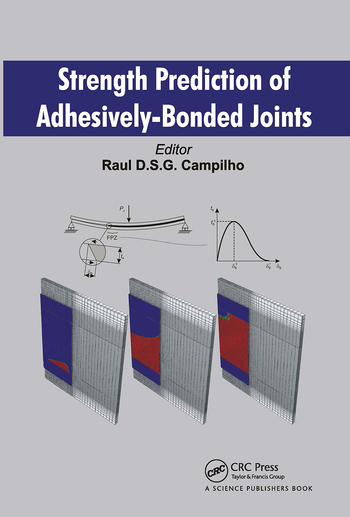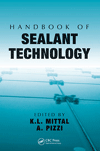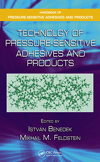STRATEGIC SOLUTIONS: Overview of North American PSAs

Figure 1
Acrylics chemistries dominate the landscape, representing nearly two-thirds of adhesive sales. Within this segment, the ratio of waterborne to solvent-borne acrylics is 56% to 44%. Rubber chemistries make up the other major category of adhesives, at slightly below one-third of demand. Silicones and UV/EB chemistries are minor components, representing a combined 5% of demand.
At a macro level, PSA market segments can be divided into two categories: labels and tapes. PSA label demand in 2009 was 27% of the total (graphics at 15%), while the tape industry dominates the consumption of PSAs at 58% market share. Figure 2 illustrates the PSA market segmentation scheme.
The tape industry is highly fragmented. However, at the strategic category level, tapes can be characterized as commercial (13%), industrial (25%), medical (15%) and all other (5%, including those for electronic, transdermal and many other applications).
The fundamental driver for PSAs is user-friendly value propositions, where the adhesive is brought to the bond joint without the hassles of mixing, cleanup and waste handling. To that extent, PSA tapes will continue to be a force in the battle for the replacement of mechanical fasteners well into the future, while labels will take share away from other labeling formats.

Figure 2.
Other major drivers for future growth include:
• The need for high-speed processing of higher-solids water and solvent-borne PSAs to minimize drying time and environmental remediation
• An increasing need for faster application and drying times while also pushing the envelope on coat weight control and the minimization of waste in process
• Ever-decreasing coat weight requirements for thinner constructions and lower total applied costs
• The increasing use of non-polar substrates
While the landscape will become increasingly challenging, there is no denying the fact that PSAs will grow at a level that is disproportional to the overall adhesives industry due to the highly desired form of adhesives supplied as converted PSA forms.
Dan Murad is president and CEO of The ChemQuest Group Inc., an international strategic management consulting firm specializing in the adhesives, sealants, and coatings industries, headquartered in Cincinnati.
For more information, phone (513) 469-7555 or visit www.chemquest.com.
Looking for a reprint of this article?
From high-res PDFs to custom plaques, order your copy today!





